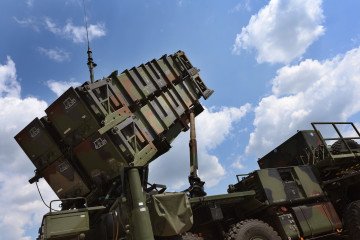- Category
- Latest news
Ka-52 Alligator: The Nearly-Crushed Backbone of Russia’s Attack Helicopter Fleet
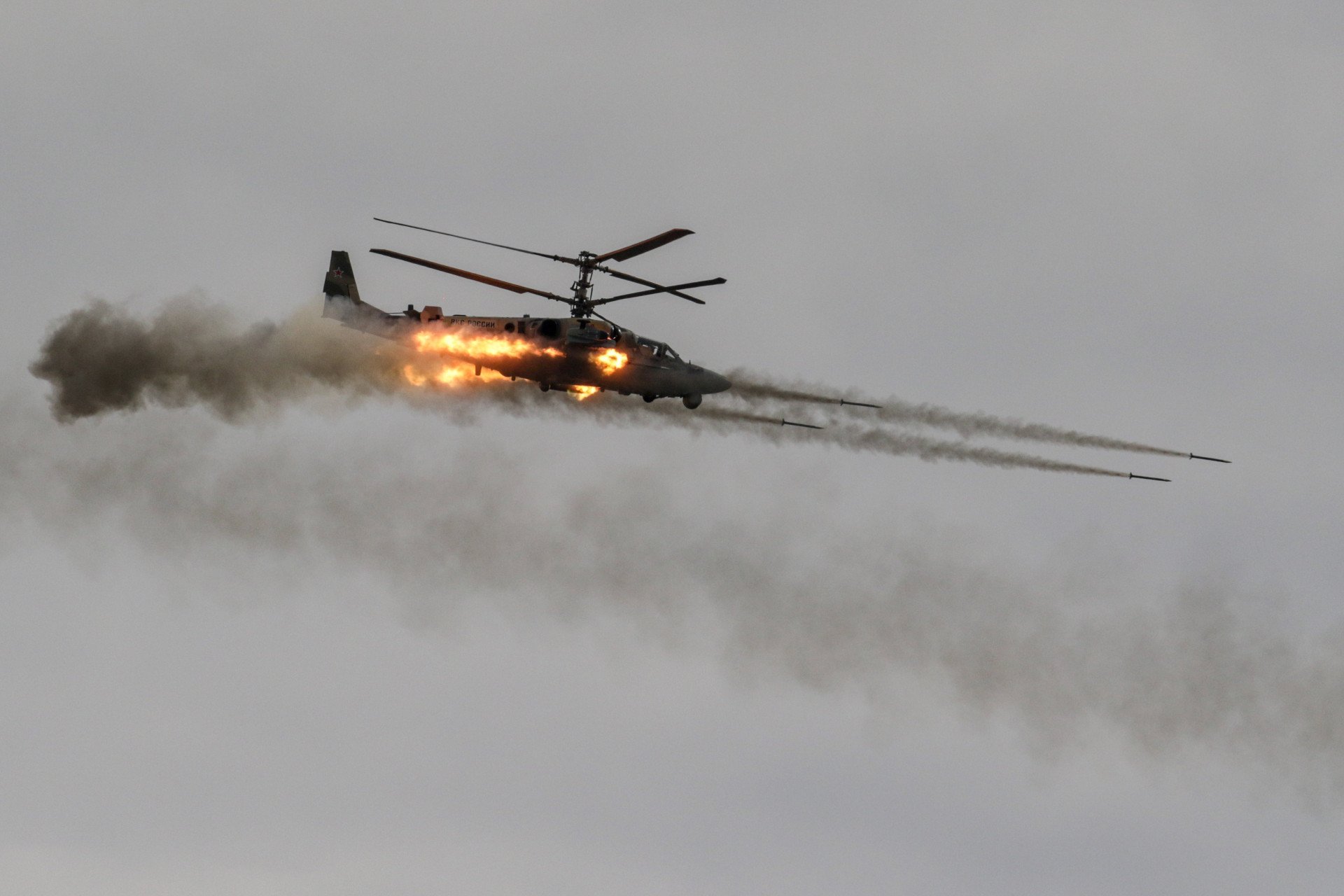
Russia’s ongoing war against Ukraine has seen the frequent deployment of combat aviation—including one of its most advanced attack helicopters, the Ka-52 Alligator. Despite its fearsome armament and modern onboard systems, the helicopter has suffered substantial losses at the hands of Ukrainian forces.
Militarny, a Ukrainian military publication, provides an in-depth look at the Ka-52’s design, armament, combat role, and performance throughout the full-scale invasion, in a report, published on June 2.
According to the Militarny, as of early 2022, the Russian military reportedly had around 90 Ka-52s in combat-ready condition.
The Ka-52 Alligator attack helicopters, valued at $16 million each, are among Russia’s most advanced combat helicopters. They are actively used in air strikes against Ukrainian forces, with some models equipped with LMUR missiles—precision-guided weapons with a 15-kilometer range that allows them to strike from a safe distance beyond Ukraine’s air defenses.
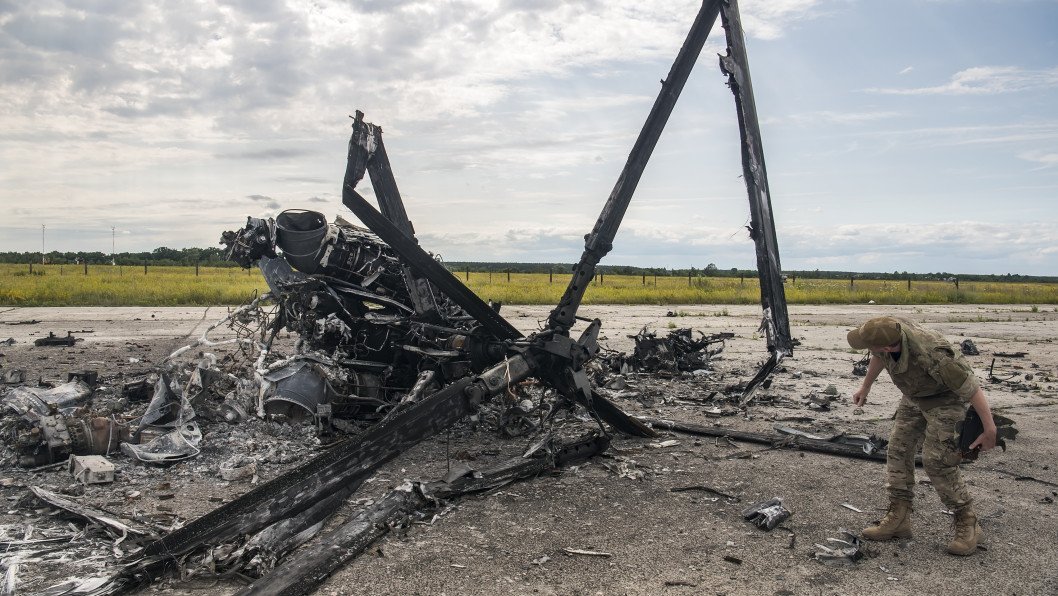
Overview and capabilities
The Ka-52 Alligator, developed by Russia’s Kamov Design Bureau, is a two-seat attack helicopter capable of reconnaissance, battlefield coordination, and destruction of armored and unarmored targets, including aerial threats.
It can operate day or night, in adverse weather, and at high speed—up to 300 km/h (186 mph).
According to Militarny, the helicopter is a development of the earlier Ka-50 Black Shark and entered serial production in 2011. A modernized version, the Ka-52M, began entering service in 2022. Egypt is currently the only foreign operator.
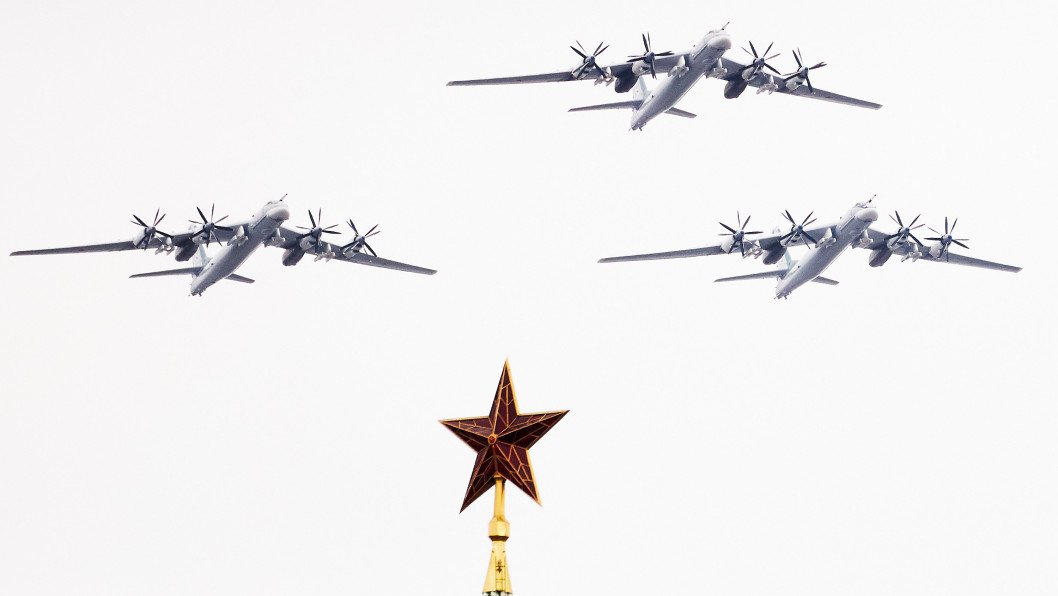
Designed with twin gas-turbine VK-2500 engines, the Alligator cruises at 260 km/h and has an operational range of approximately 500 km. It features a maximum takeoff weight of 10,800 kg, a service ceiling of 5.5 km, and can carry a combat load of up to 2,800 kg.
Notably, the helicopter’s nose-mounted GOES-451 electro-optical targeting system enables it to detect and identify targets at range. This information can be shared in real-time with other units via Russia’s battle management systems.
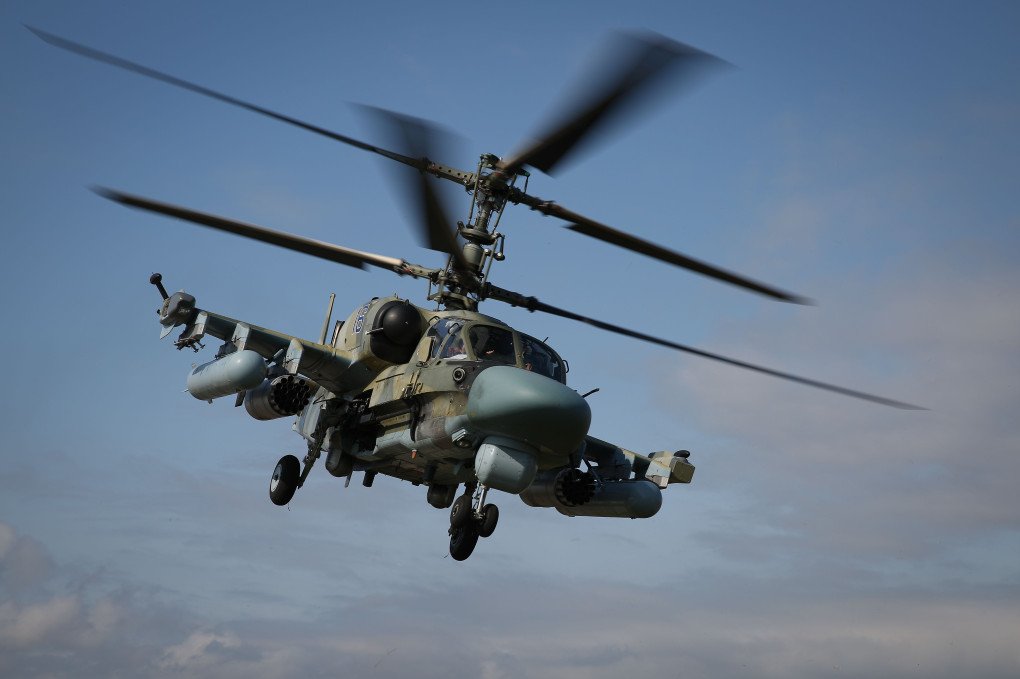
However, as field experience shows, this sensor suite has notable limitations, Militarny notes.
Weapons and strike capabilities
The Ka-52 is armed with a 30mm 2A42 autocannon and can carry an array of guided and unguided weapons across six hardpoints. These include:
S-8 and S-13 rockets (unguided)
9M120 “Ataka” and 9A4172K “Vikhr-1” anti-tank guided missiles (ATGMs)
LMUR (“Izdelie 305”) guided missiles
R-73 and Igla-V short-range air-to-air missiles
The Ataka missile, derived from the Soviet-era “Shturm-V,” has a range of 6 km but requires constant guidance from a hovering platform, making it vulnerable to air defenses and electronic warfare.
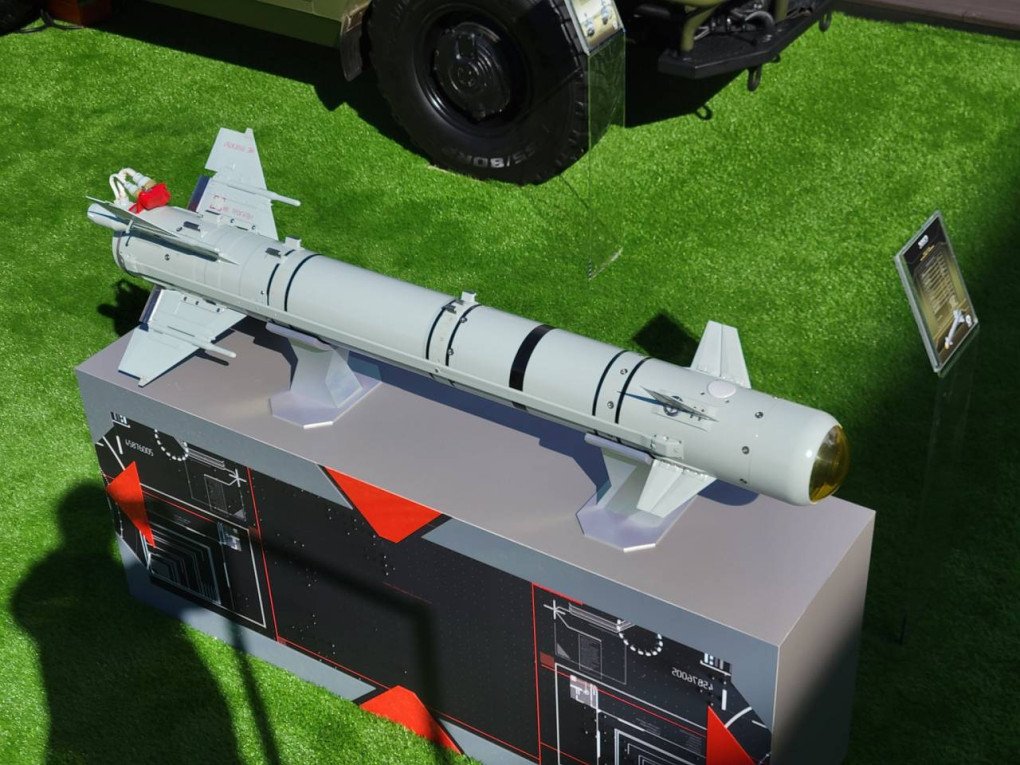
In contrast, the Vikhr-M uses laser beam riding and has a 10 km range, allowing engagements from outside MANPADS range—but it still requires the helicopter to maintain line-of-sight throughout the missile’s flight, Militarny wrote.
Russia’s newer LMUR missile, officially adopted in mid-2022, offers greater versatility.
Unlike traditional ATGMs, it is a multi-role guided munition with a 25 kg high-explosive fragmentation warhead. Its key advantage lies in its TV guidance system, allowing the operator to control the missile in real-time, even from behind terrain cover.
This stand-off capability helps offset some of the Ka-52’s sensor limitations and allows strikes beyond the visible horizon.
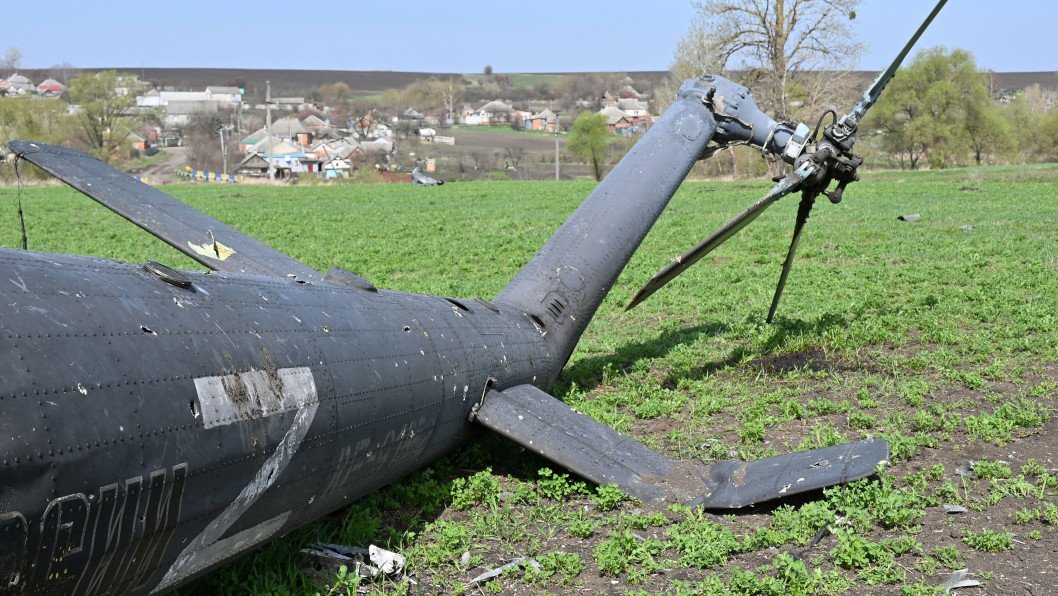
Limitations in targeting
According to Militarny, despite boasting modern avionics and an armored cockpit, the Ka-52’s targeting systems have proven flawed in combat.
The GOES-451 optical suite struggles to identify targets clearly at medium and long ranges, leading to high-profile misidentifications.
In June 2023, the Russian Ministry of Defense released footage claiming Ka-52s had destroyed Leopard tanks.
However, the analysis showed the supposed targets were civilian John Deere agricultural vehicles—including 9000 and 700-series combines and a 4830-series sprayer. Video captured the Ka-52 crew visibly confused, unable to identify what they were aiming at due to the low-resolution optics.
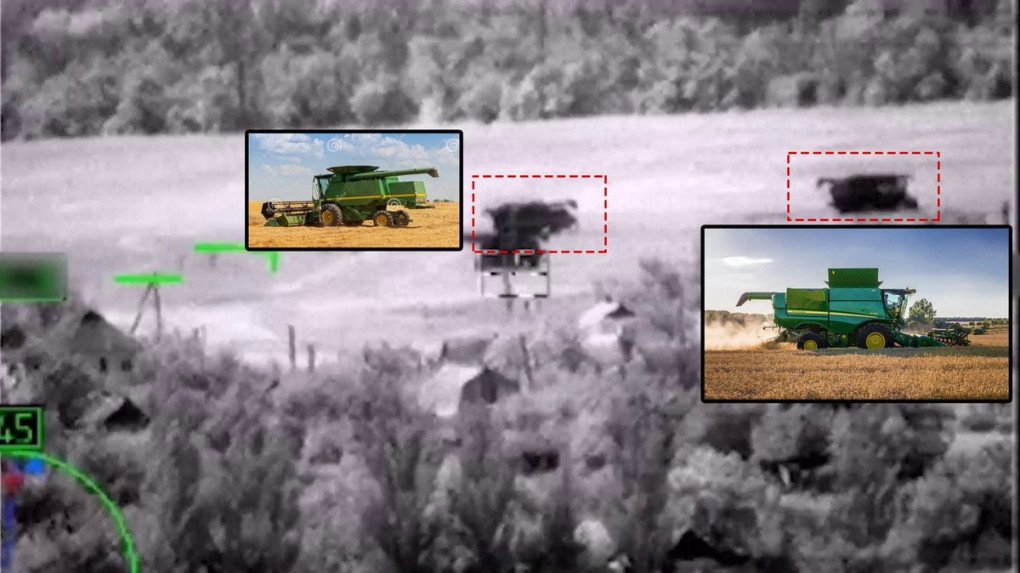
While the helicopter also relies on its Arbalet-52 radar, which theoretically detects tanks at up to 12 km, the incident exposed major weaknesses in the Alligator’s combat effectiveness against well-camouflaged or unconventional targets.
Survivability and defensive systems
The Ka-52 features the L-370 “Vitebsk” electronic warfare suite, designed to detect and decoy infrared, radar, and hybrid-guided surface-to-air missiles. It includes laser warning sensors, UV missile launch detectors, jammers, and flare dispensers.
However, this system has not proven consistently effective. Ukrainian forces have repeatedly shot down Ka-52s using various surface-to-air missile systems, including MANPADS, Militarny stated.

For crew survival, the Ka-52 incorporates the K-37-800M ejection system—a rarity among helicopters. Before ejection, explosive charges sever the rotor blades, and a rocket pulls each pilot from the seat by their harness. In practice, though, this system often fails to save the crew, with most ejections resulting in death or severe injury.
Ka-52 in the Russian war against Ukraine
Russia’s attack helicopters, including the Ka-52, played a major role in the initial invasion phase.
They supported air assaults—most famously during the failed attempt to seize Hostomel Airport near Kyiv—and provided fire support to ground troops and airborne operations.
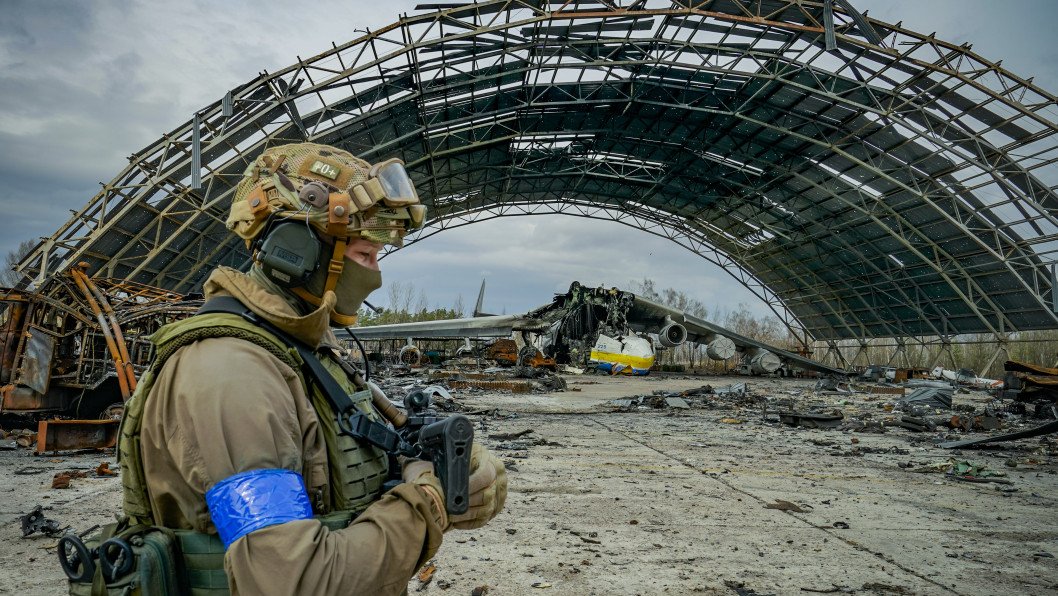
During the early months, fluid frontlines and rapid maneuver warfare exposed Ka-52s to unexpected fire from Ukrainian mobile air defense teams. Russian aviation began suffering heavy losses.
Faced with these setbacks, Russian pilots shifted tactics, increasingly relying on high-angle indirect fire—launching unguided rockets from a distance in a maneuver known as “lofting”. This involved flying low near the front line, popping up briefly to launch rockets, then retreating behind cover.
Ukrainian forces adopted similar tactics with their own rotary-wing aircraft to reduce exposure to enemy air defenses. While this technique reduces aircraft vulnerability, it significantly decreases strike accuracy and effectiveness.
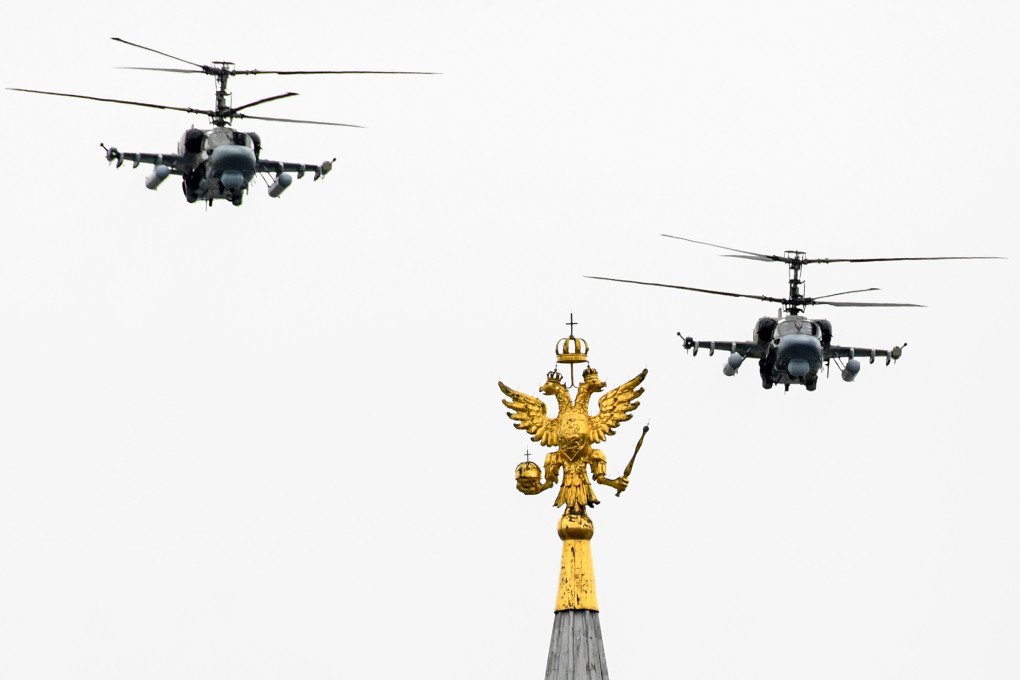
Losses and impact
Ukrainian Armed Forces have shot down dozens of Ka-52s since 2022.
While the exact number lost remains unconfirmed, open-source intelligence project ORYX and battlefield footage suggest that Ukraine has neutralized up to 50 helicopters, a significant part of Russia’s operational fleet.
Earlier, operators from Ukraine’s Special Operations Forces, specifically the Bombus Balista unit, conducted a successful strike on a Russian Ka-52 Alligator attack helicopter using an FPV drone.
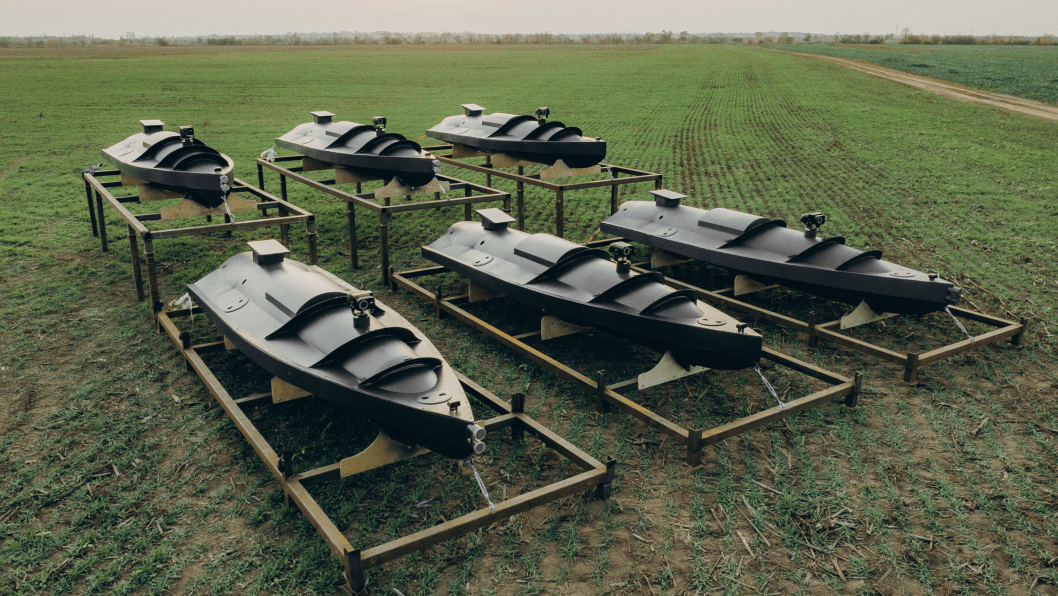


-72b63a4e0c8c475ad81fe3eed3f63729.jpeg)


